

A damaged wind turbine blade directly impacts the turbine's performance and safety. Without timely repairs, the damage can spread, resulting in high costs or dangerous situations. By classifying the damage and addressing it specifically, we extend the lifespan of the blades and minimize downtime.
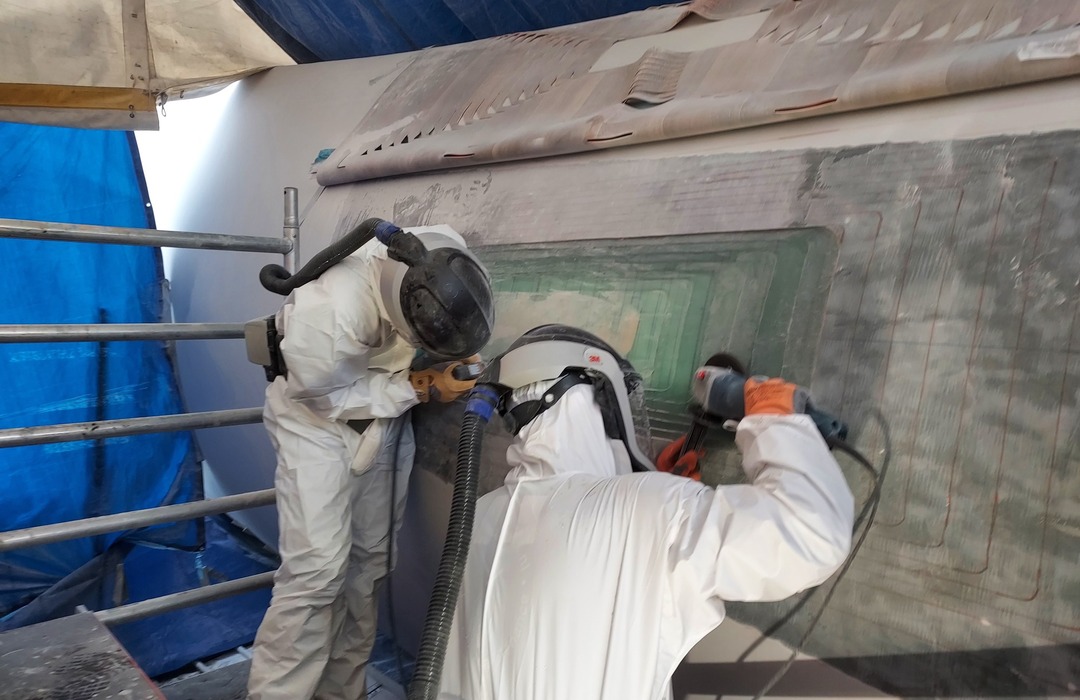
Blade repairs may be necessary at any time – during transport, installation, or while the turbine is in operation.
That's why Redak carries out blade repairs in a wide variety of situations:
Lightning damage – a strike often causes internal and structural damage to the blade edge or the laminate.
Manufacturer damage – consider production defects such as insufficient bonding of components.
Transport damage – due to collisions with objects during transport, such as traffic lights or lampposts.
Installation damage – damage that occurs during the installation of the blades on the turbine.
Operational blade damage – Wear and tear and impact from external elements such as wind, rain, sand, and dirt.
Our specialists assess on a case-by-case basis whether a turbine can continue to operate or must be (temporarily) shut down to prevent further damage or risks.

Minor damage to the blade surface, such as erosion on the leading edge or loose components (vortex generators or STE). No immediate risk, so repairs will be carried out within 12 months during regular maintenance.
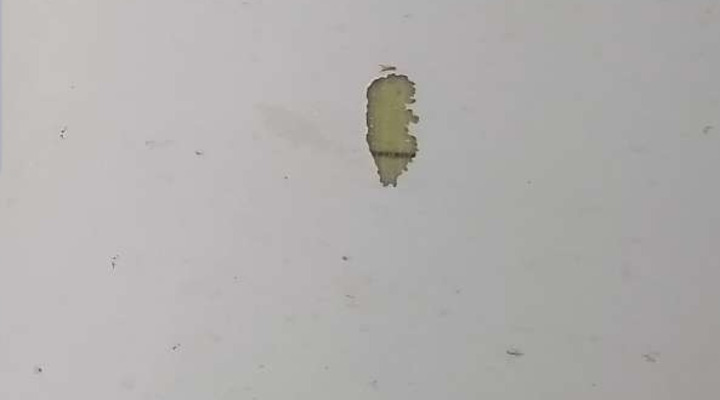
Small cracks in the laminate or loose adhesive bonds. The turbine can continue to operate, but repairs must be carried out within 12 months.
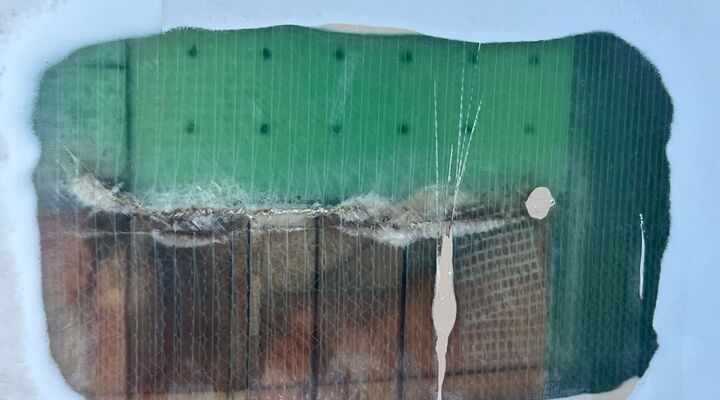
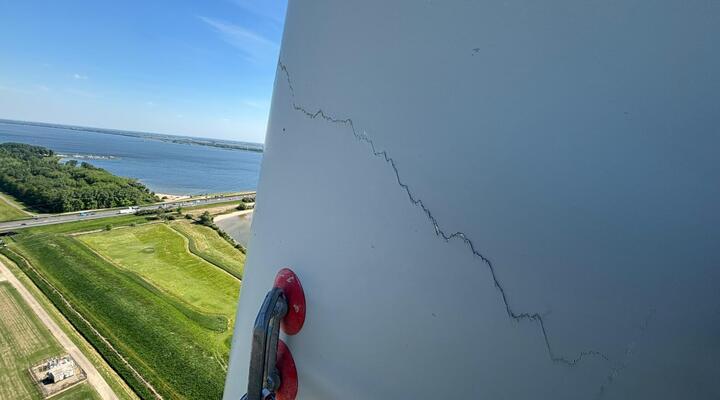
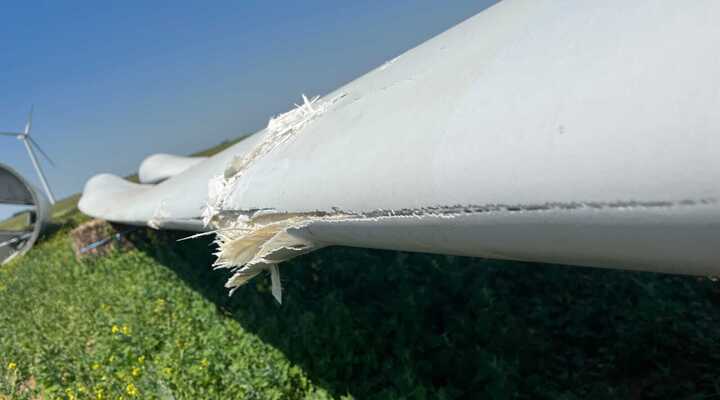
Severe structural damage with risk of blade loss, such as deep cracks, loose laminate, or failing adhesive bonds. The turbine must be shut down or monitored weekly. Repairs are carried out in the air if possible; otherwise, on the ground.

Need your damage assessed or schedule a repair right away? We're happy to help.
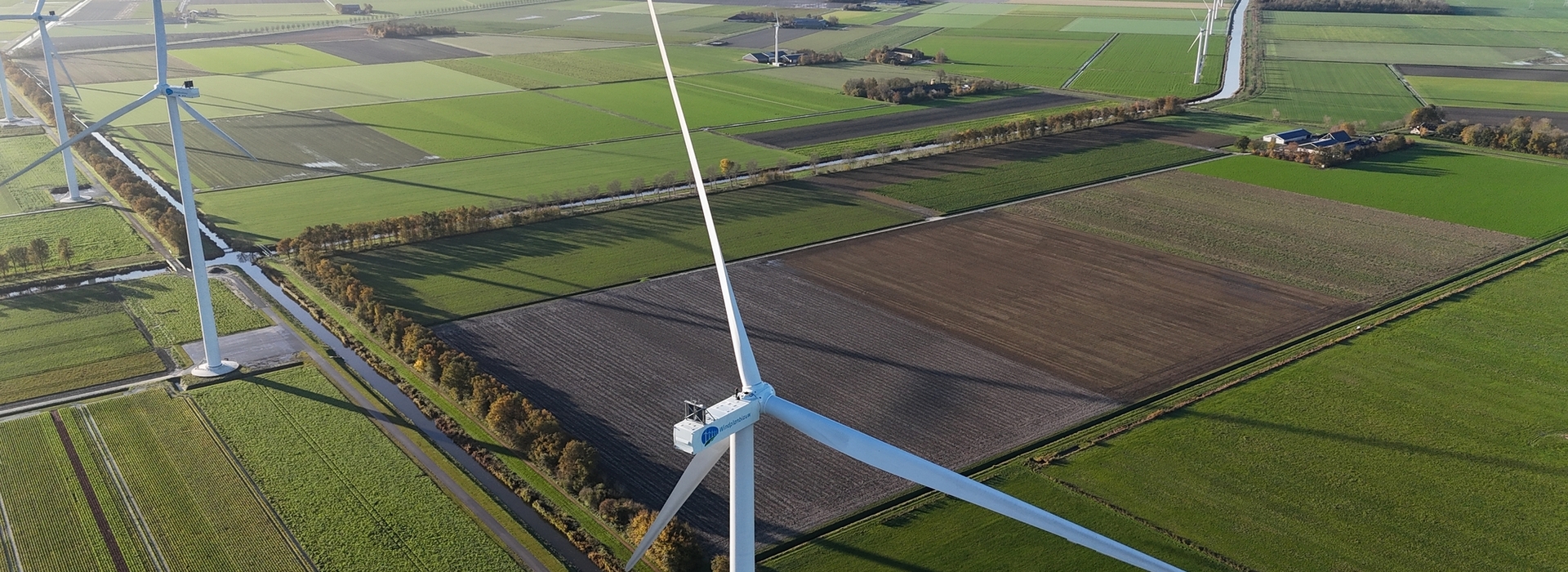
With professional blade repairs, Redak ensures safe turbines and lasting performance.
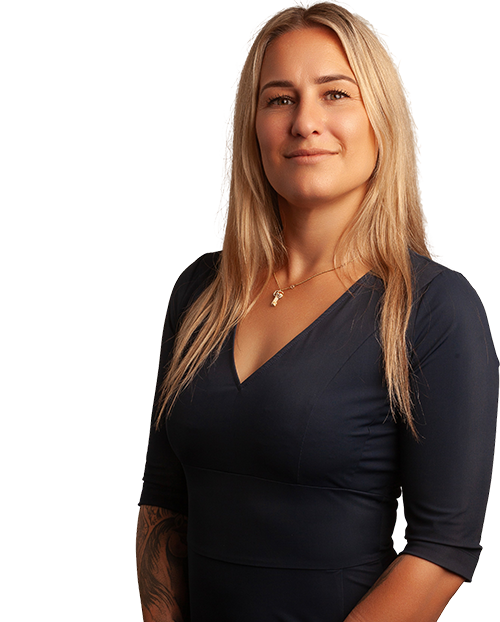
We use our own and third-party cookies for statistical and analytical purposes to provide you with the best experience on our website.
More information can be found in our cookie policy